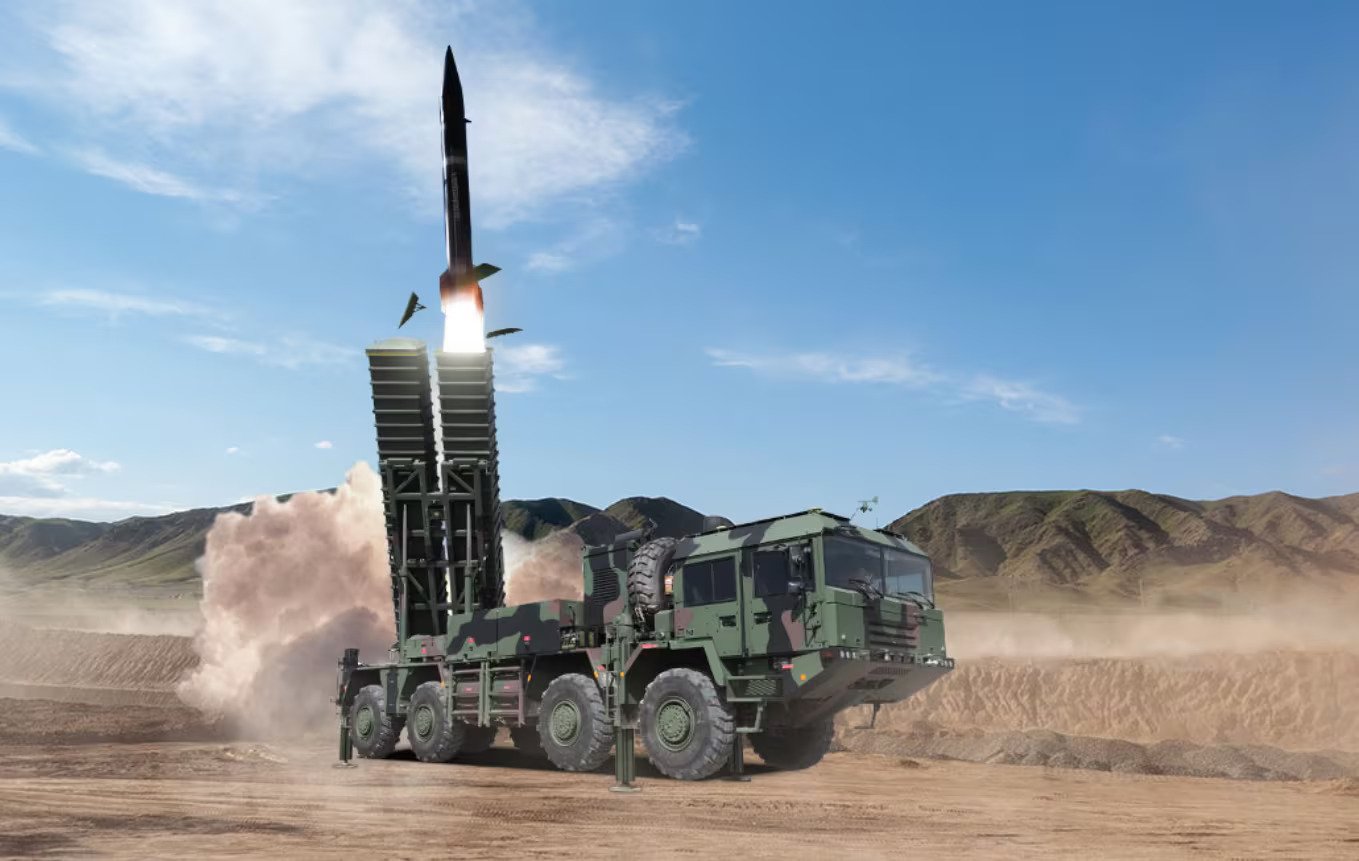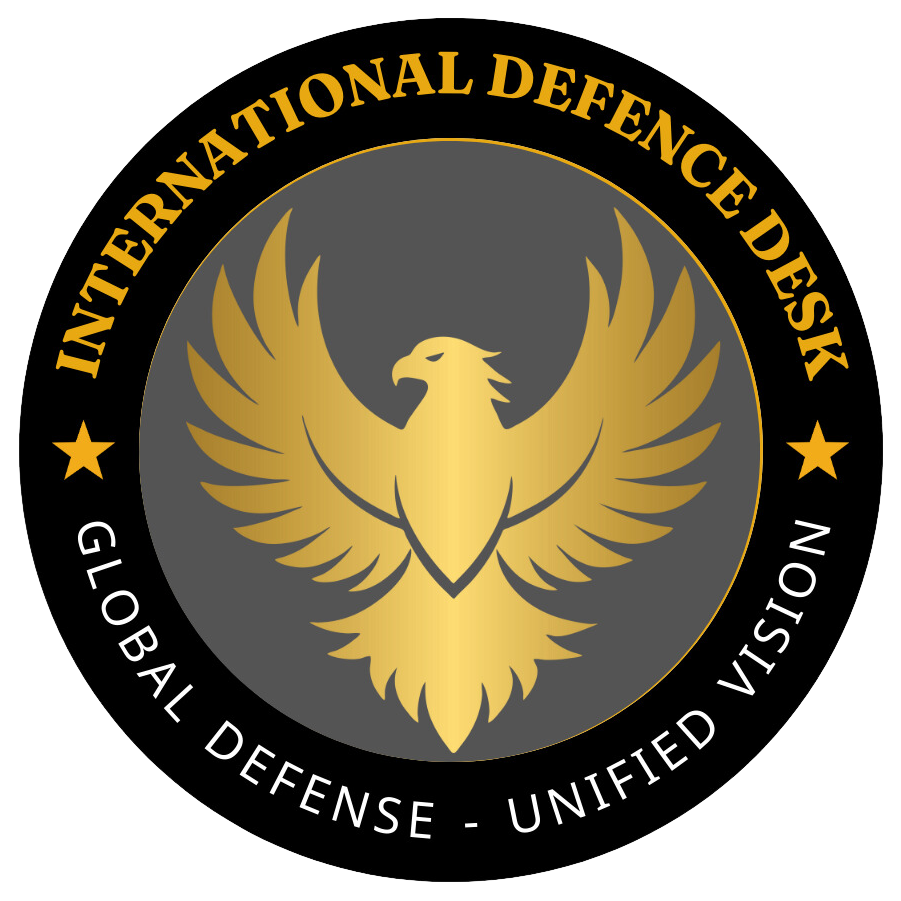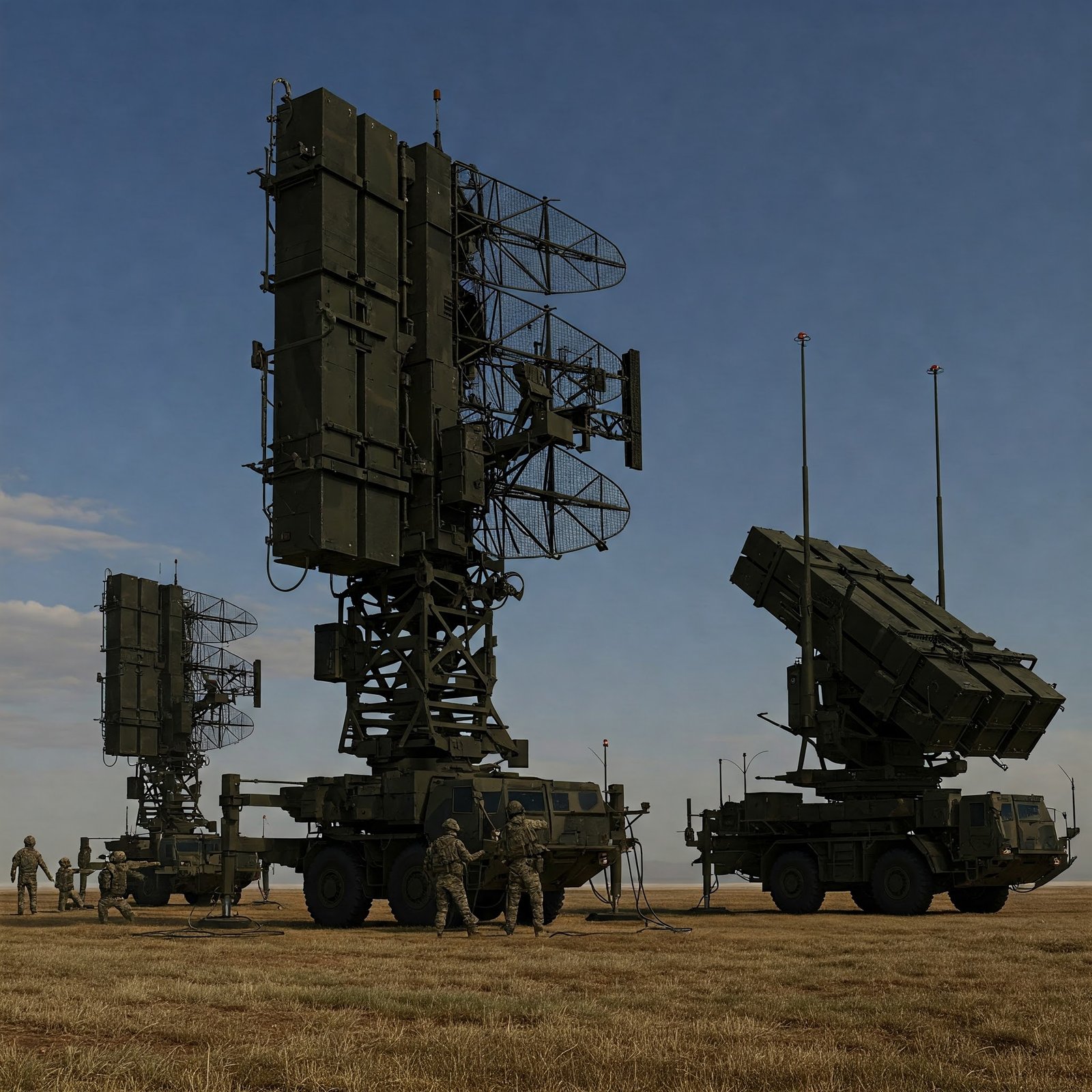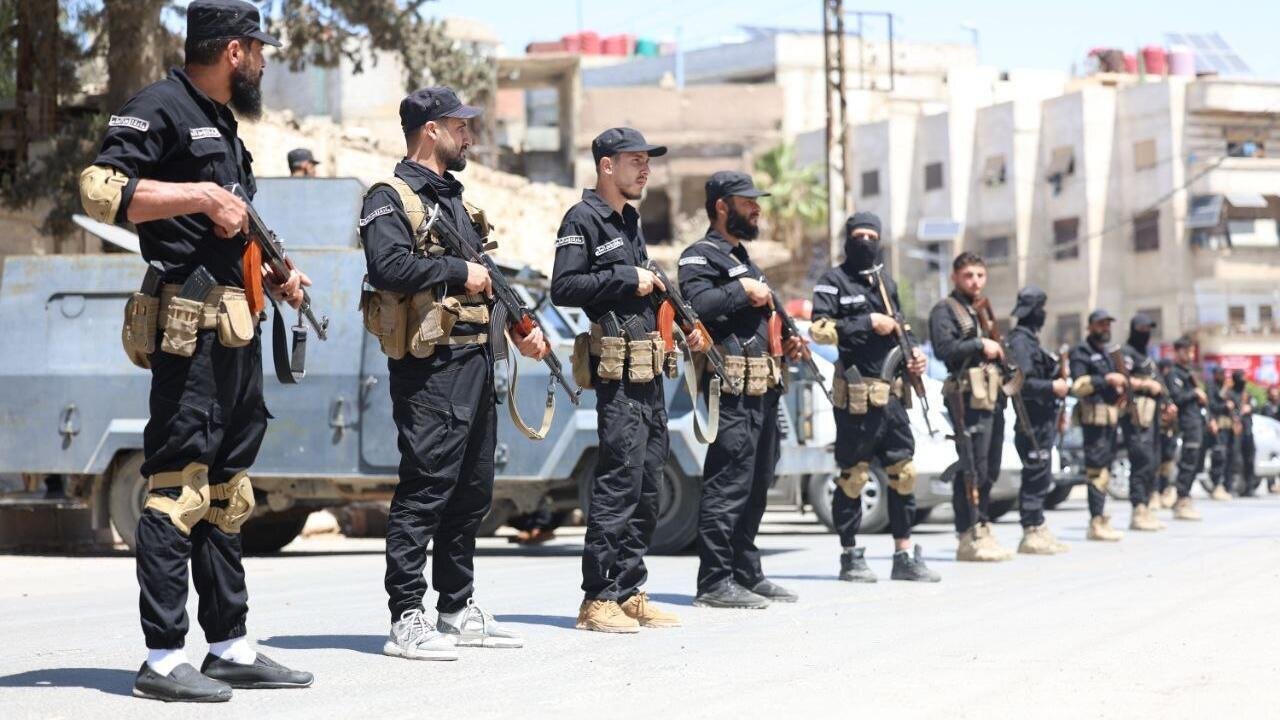
Introduction
The Roketsan Bora is Turkey’s domestically developed short-range ballistic missile (SRBM) designed to enhance the country’s strategic deterrence capabilities. Developed by Roketsan, Turkey’s leading defense manufacturer, the Bora missile represents a significant leap in the nation’s missile technology. It provides the Turkish Armed Forces (TSK) with a precise and powerful weapon system capable of targeting high-value enemy assets deep within hostile territories. With its advanced guidance system and solid-fuel propulsion, Bora plays a crucial role in Turkey’s defense strategy, ensuring regional security and deterrence.

Development and History
The development of the Bora missile began in the early 2010s as part of Turkey’s efforts to achieve self-sufficiency in defense technology. Prior to Bora, Turkey relied heavily on foreign missile systems, but increasing geopolitical challenges and national security concerns accelerated the need for an indigenous ballistic missile. The project was spearheaded by Roketsan, with initial tests conducted in 2017, leading to successful deployment in 2018. Since its introduction, the Bora missile has strengthened Turkey’s position as a rising military power in the region, reducing dependency on foreign suppliers and enhancing national security.
Technical Specifications
The Bora missile is a high-precision, short-range ballistic missile designed for deep-strike operations. Below are its key technical specifications:
- Type: Short-range ballistic missile (SRBM)
- Manufacturer: Roketsan
- Length: ~7.8 meters
- Diameter: 610 mm
- Weight: Approximately 2,500 kg
- Range: Up to 280 km
- Warhead: High-explosive (HE) fragmentation
- Warhead Weight: ~470 kg
- Guidance System: GPS/INS (Inertial Navigation System)
- Propulsion: Solid-fuel rocket motor
- Accuracy: High precision (Circular Error Probable—CEP of around 10-50 meters)
- Launch Platform: 8×8 wheeled mobile launcher (capable of launching in all weather conditions)
Operational Capabilities
The Bora missile is engineered for strategic deep-strike missions and is capable of neutralizing enemy command centers, infrastructure, and high-value military installations.
- High Mobility—The mobile launcher provides rapid deployment and increased survivability against counterattacks.
- Precision Targeting—The combination of GPS and INS guidance systems ensures high accuracy, making it effective against fortified enemy positions.
- All-Weather Operation—Designed to function in adverse weather conditions, increasing operational flexibility.
- Quick Reaction Time—The missile can be launched swiftly, reducing enemy response time and increasing battlefield effectiveness.
- Strategic Deterrence—Its range allows for striking deep into enemy-controlled areas, serving as a deterrent against potential aggressors.
Comparison with Other Missiles
When compared to other short-range ballistic missiles, Bora holds its ground as a highly competitive system.
| Missile | Country | Range | Warhead | Accuracy |
|---|---|---|---|---|
| Bora | Turkey | 280 km | 470 kg HE | 10-50 m CEP |
| Iskander-E | Russia | 280 km | 480 kg HE | 5-30 m CEP |
| DF-12 (M20) | China | 280 km | 500 kg HE | 30-50 m CEP |
| ATACMS | USA | 300 km | 230 kg HE | 10-50 m CEP |
While Russian and American missiles may have marginally better accuracy, Bora offers a cost-effective and highly mobile solution, ensuring independence from foreign suppliers while meeting Turkey’s strategic needs.
Deployment and Export Potential
The Bora missile is currently deployed by the Turkish Armed Forces, playing a crucial role in the country’s defense doctrine. Its ability to strike targets deep within enemy territory makes it a vital asset in regional conflicts and counter-terrorism operations.
- Domestic Deployment: Used by the Turkish Army for strategic deterrence and precision strikes.
- Potential Exports: A version known as Khan is being marketed for international buyers.
- Interested Nations: Several Middle Eastern and Asian countries have expressed interest in acquiring the Bora missile for their defense needs.
Geopolitical Impact
Turkey’s development of the Bora missile has significantly altered the regional security landscape. As a NATO member, Turkey’s growing ballistic missile capabilities influence power dynamics in the Middle East, Europe, and beyond.
- Strengthens Turkey’s military—enhances deterrence capabilities against regional threats.
- Reduces Foreign Dependence—Helps Turkey lessen its reliance on US and European missile technology.
- Affects Regional Balance—Neighboring countries must reassess their defense strategies in response to Turkey’s missile advancements.
- Potential Controversy—Some Western allies may view Turkey’s ballistic missile development with concern, especially given shifting alliances in the region.
Future Developments
Turkey is continuously working on advancing its missile technology. Future upgrades to the Bora missile system may include:
- Extended Range Versions—Increasing range beyond 500 km while complying with the Missile Technology Control Regime (MTCR).
- Enhanced Guidance Systems—Improved precision targeting using advanced AI-based algorithms.
- Multiple Warhead Capability—The potential for cluster or penetration warheads to engage heavily fortified targets.
- Integration with Turkish UAVs—Coordination with drones for improved reconnaissance and targeting capabilities.
Conclusion
The Roketsan Bora ballistic missile is a significant milestone in Turkey’s journey toward self-sufficiency in defense technology. Its high precision, mobility, and operational effectiveness make it a formidable asset for Turkey’s military. As Turkey continues to enhance its missile capabilities, Bora remains a cornerstone of the country’s defense strategy, influencing both regional and global security dynamics. With potential exports on the horizon, Bora could further solidify Turkey’s position in the global defense industry.
Turkey’s advancements in missile technology demonstrate a clear commitment to strengthening its defense capabilities. The Bora missile is not just a symbol of military power but also a testament to Turkey’s technological and strategic ambitions in the modern battlefield.







